SAP Lessons Learned– Human Capital Management (Paperback)
SAP Experts Share Experiences to Directly Impact Your Next Initiative
Showing 351–375 of 417 results
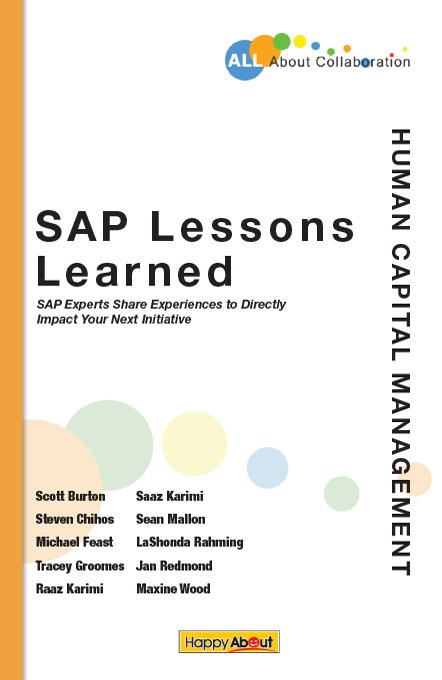
SAP Experts Share Experiences to Directly Impact Your Next Initiative

140 Ways to Increase Your Personal Significance in the World

140 Ways to Increase Your Personal Significance in the World
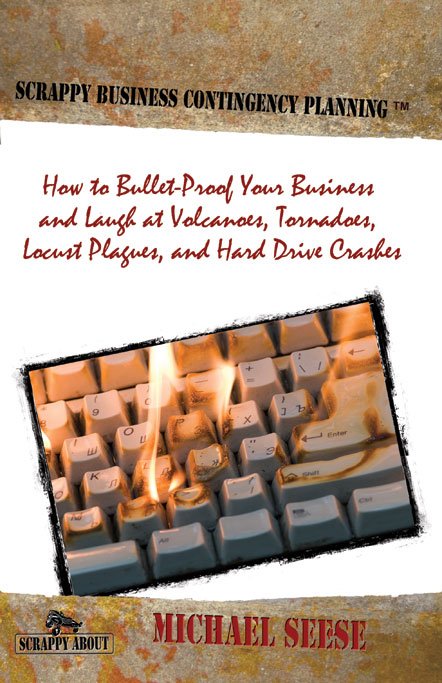
How to Bullet-Proof Your Business and Laugh at Volcanoes, Tornadoes, Locust Plagues, and Hard Drive Crashes.
A solid contingency planning program has become a necessity, rather than a nicety, in today’s business world. Although there are several very good professional resources available for professional planners, most don’t teach you the “tricks” of the trade. This book does.

Ten Things I Learned About Leadership and Life on the Campaign Trail

Common Sense Practices to Avoid Calamities, Catastrophies, and Lackluster Results


The converse of the dirty dozen are 12 best practices for project management that have been proven to help leaders steer their teams clear of avoidable disaster and as much as double the chances of project success.

Living Proof that Bending the Rules Isn’t Breaking the Law

Why Small Business is Big Business — Profit NOW from the Small Business
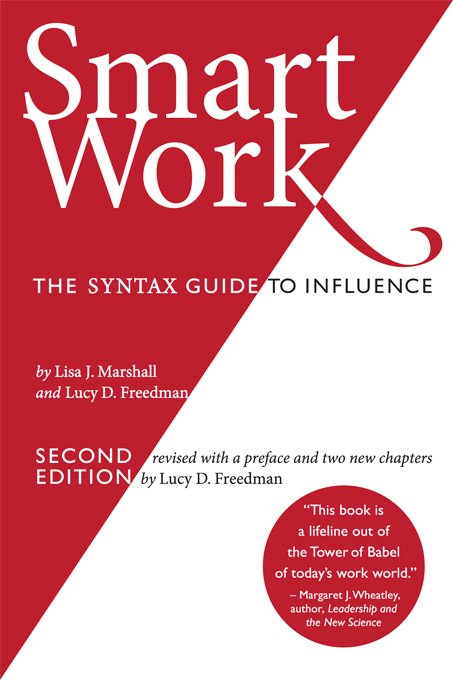
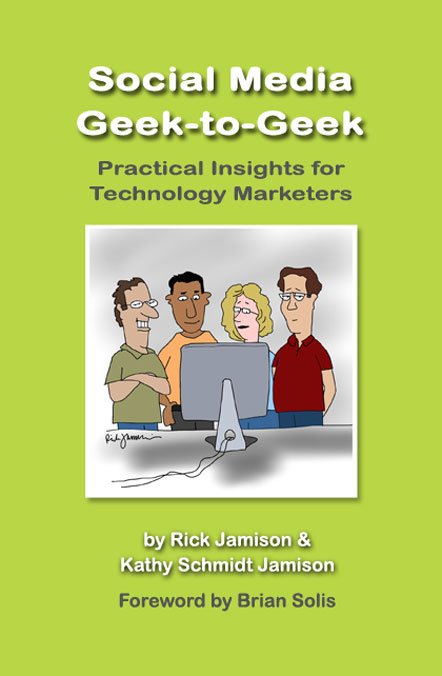
Practical Insights for Technology Marketers
by Rick Jamison and Kathy Schmidt Jamison

Social Media Success! will be your guide to getting started in many of the top networks and building a cohesive plan to be as efficient as possible with your valuable time and resources.

Anyone can say that they’re good at what they do, but sometimes that’s not always the case. It’s easy for any person to say, “Hey, I’m the best person for the job,” especially on social media, where they can just easily type those words in their post even when it’s not true. People want to work with those they know, like, and trust, those who are authentic and fulfill their promises. So, if you really are good at what you do, how can you prove that to other people? What do you do to make people know, like, and trust you? Is your proof consistent and congruent in your campaigns?

Anyone can say that they’re good at what they do, but sometimes that’s not always the case. It’s easy for any person to say, “Hey, I’m the best person for the job,” especially on social media, where they can just easily type those words in their post even when it’s not true. People want to work with those they know, like, and trust, those who are authentic and fulfill their promises. So, if you really are good at what you do, how can you prove that to other people? What do you do to make people know, like, and trust you? Is your proof consistent and congruent in your campaigns?

Executives buy results, not coaching. The problem is that most leadership and executive coaches do not measure the impact of their coaching engagements. They can’t prove that their coaching is actually making a difference. They rely too heavily on coach satisfaction surveys and other methods that simply measure reaction and not change.

Executives buy results, not coaching. The problem is that most leadership and executive coaches do not measure the impact of their coaching engagements. They can’t prove that their coaching is actually making a difference. They rely too heavily on coach satisfaction surveys and other methods that simply measure reaction and not change.

A Compelling Guide to Discovering Your Story
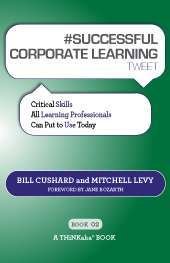
Until very recently, virtually all corporate trainers and instructional designers followed the traditional route to training–they identified their organizations’ needs and then prepared and delivered formal event-based programs that were primarily classroom or e-learning based. Several learning professionals still take this way, even though they probably realize it cannot survive much longer.

Instructional designers understand how people learn best. Their expertise is deployed to build learning experiences that enable rapid and deep absorption of new knowledge or assimilation of previously-absorbed facts. Traditional instructional design (ID), however, tends to go only half of the way because it emphasizes placing the instructor in the driver’s seat.
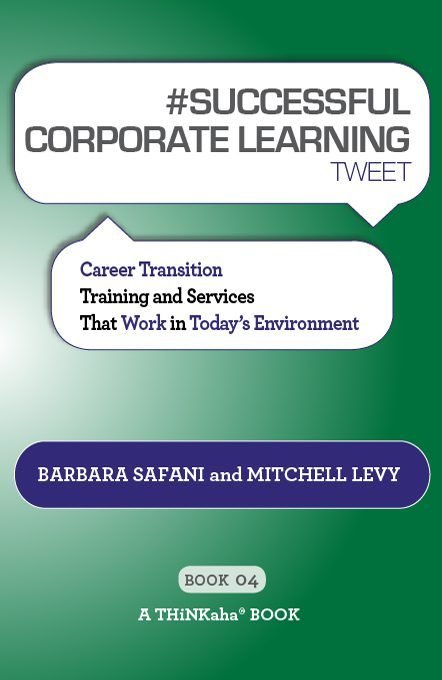
In our modern, often volatile economy, we can no longer expect permanent or long term employment with any one employer. Today’s worker has, on average, multiple jobs and even multiple careers. Layoffs, terminations, and pink slips are so universal that they are now euphemistically called downsizing or rightsizing.

The speed of data collection, an increase in the volume and complexity of data, the pressure to be innovative and adaptable, and the need to learn and share across geographic and corporate boundaries are just a few of the factors that make managing knowledge central to any organization’s success today. Knowledge creates the capacity for effective action, and making that knowledge flow in a way that supports organizational learning is a key component, perhaps the most vital asset, for a learning organization.

The phrase communities of practice is relatively new; the concept and its utility is not. Simply put, a community of practice is a learning community. When people realize that they can benefit from sharing their knowledge, experience and insights with like-minded and similarly-motivated people, the seed for a community of practice gets planted.
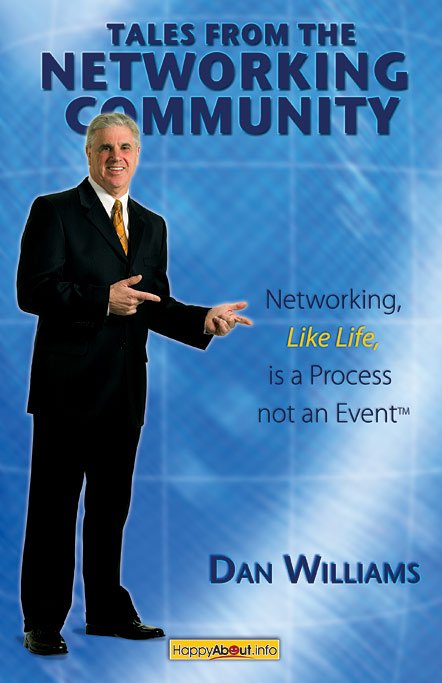
Networking, Like Life, is a Process not an Event

There’s no doubt that the global market is changing and has significantly changed just within the last five years. Selling used to be about having the best product and the best business practices but now “it’s all about relationships,” social marketing strategist Ted Rubin proclaims in Ted Rubin on ROR #RonR.
No products in the cart.